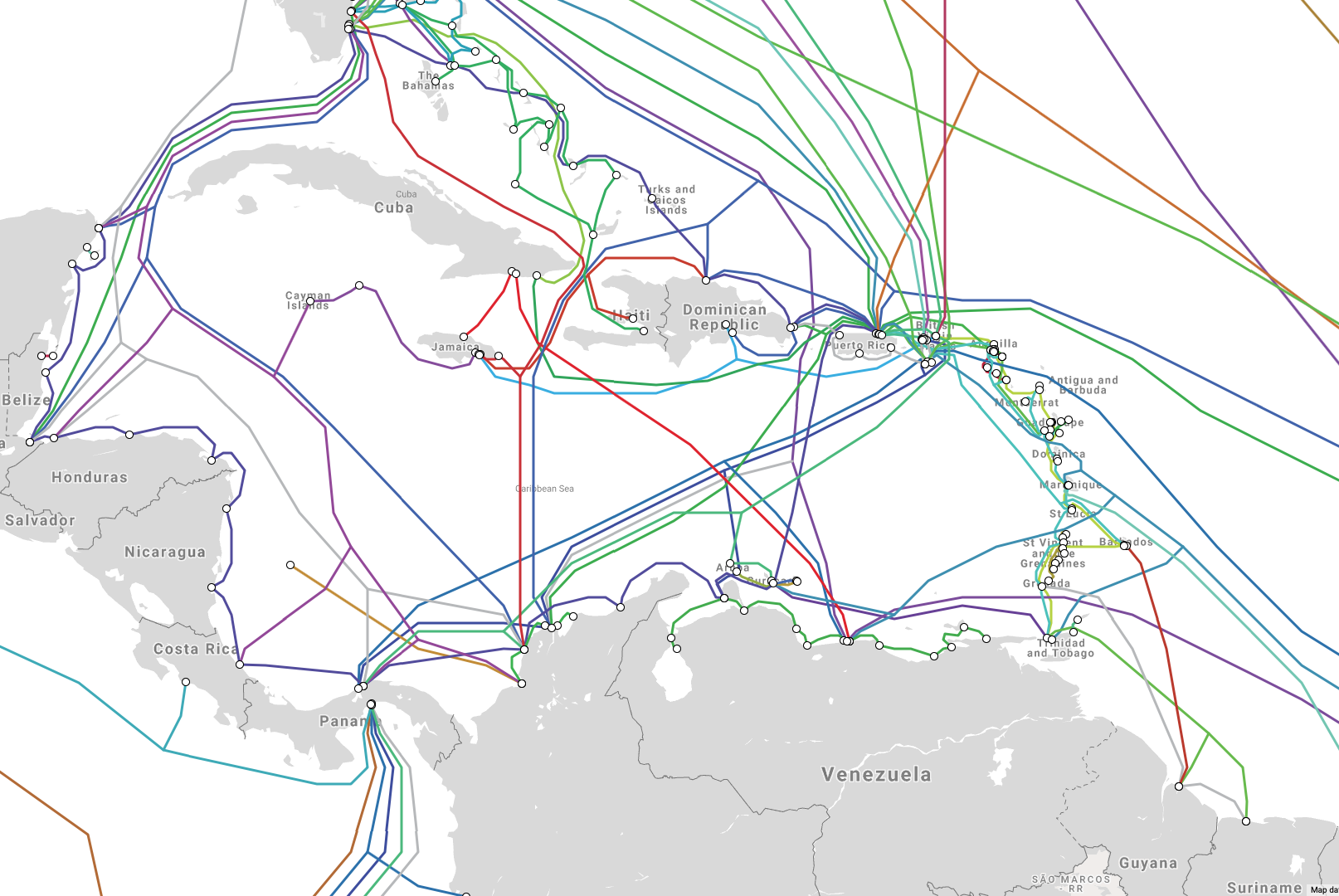
Justin Sherman, a fellow at the Cyber Statecraft Initiative of the Atlantic Council, a Washington-based think tank, told Reuters that undersea cables were “a surveillance gold mine” for the world’s intelligence agencies. Spy agencies can readily tap into cables landing on their territory. REUTERS/Kevin LamarqueĮavesdropping is a worry too. The superpowers are vying to dominate advanced technologies that could determine which country achieves economic and military supremacy for decades to come. President Joe Biden at the G20 summit in Bali, Indonesia on Nov.

China, which considers Taiwan a breakaway province, has ratcheted up military and political efforts to force the island to accept its dominion.Ĭhinese President Xi Jinping meets with U.S. However, they stopped short of calling it a deliberate act and said there was no direct evidence showing the Chinese ships were to blame. Taiwanese authorities said they suspected a Chinese fishing vessel and a Chinese freighter caused the disruption. The islands’ 14,000 residents were disconnected from the internet. Two communications cables were cut that connected Taiwan with its Matsu islands, which sit close to the Chinese coast. The potential for undersea cables to be drawn into a conflict between China and self-ruled Taiwan was thrown into sharp relief last month. government official and two security analysts told Reuters. These data conduits, which transmit everything from emails and banking transactions to military secrets, are vulnerable to sabotage attacks and espionage, a U.S. Undersea cables are central to U.S.-China technology competition.Īcross the globe, there are more than 400 cables running along the seafloor, carrying over 95% of all international internet traffic, according to TeleGeography, a Washington-based telecommunications research firm. China Telecom, China Mobile, China Unicom and Orange did not respond to requests for comment. government helped SubCom to win the Singapore-to-France cable contract, without giving details. China’s foreign ministry did not respond to requests for comment. In a statement last year about infrastructure projects, the White House briefly noted that the U.S. SubCom had no comment on the SeaMeWe-6 battle, and HMN Tech did not respond to requests for comment. The story of those interventions by Washington hasn’t been previously reported.

government either intervened to keep HMN Tech from winning that business, or forced the rerouting or abandonment of cables that would have directly linked U.S. It’s one of at least six private undersea cable deals in the Asia-Pacific region over the past four years where the U.S. Reuters has detailed that effort here for the first time. government, concerned about the potential for Chinese spying on these sensitive communications cables, ran a successful campaign to flip the contract to SubCom through incentives and pressure on consortium members. The Singapore-to-France cable would have been HMN Tech’s biggest such project to date, cementing it as the world’s fastest-rising subsea cable builder, and extending the global reach of the three Chinese telecom firms that had intended to invest in it.īut the U.S. HMN Tech’s bid of $500 million was roughly a third cheaper than the initial proposal submitted to the cable consortium by New Jersey-based SubCom, the people said. HMN Tech, whose predecessor company was majority-owned by Chinese telecom giant Huawei Technologies Co Ltd, was selected in early 2020 to manufacture and lay the cable, the people said, due in part to hefty subsidies from Beijing that lowered the cost.


Three of China’s state-owned carriers – China Telecommunications Corporation (China Telecom), China Mobile Limited and China United Network Communications Group Co Ltd (China Unicom) – had committed funding as members of the consortium, which also included U.S.-based Microsoft Corp and French telecom firm Orange SA, according to six people involved in the deal. The client for the cable was a consortium of more than a dozen global firms. A Chinese company that has quickly emerged as a force in the subsea cable-building industry – HMN Technologies Co Ltd – was on the brink of snagging that contract three years ago.


 0 kommentar(er)
0 kommentar(er)
